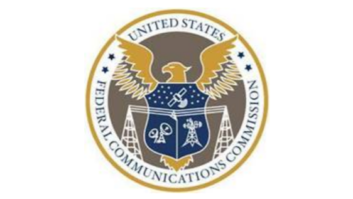Prepping for Sandy’s onslaught, Beasley-owned WXTU(FM) in Philadelphia built a microsite to use its Twitter and Facebook accounts to feed information to listeners. As part of our coverage of the aftermath of “Frankenstorm,” Radio World checked in for more from Beasley Broadcast Group, which has stations in Pennsylvania and Delaware, among other states.
We talked with VP/CTO Mike Cooney.
How were operations affected at Beasley stations during the storm?
We lost power at two of our sites, but generators took over without interruptions. Our business offices were closed both Oct. 29 and Oct. 30.
What are your stations telling you about their storm experiences, good or bad?
Beasley management is very pleased with how well prepared our stations were for Sandy.
Long before the storm arrived, discussions were taking place at the stations to ensure that backup systems were in place and that appropriate connections were confirmed for live coverage feeds from local TV partners. Our staff members always rise to the occasion during emergencies, so their dedication during Sandy didn’t surprise us. We sure are proud of them.
What radio stations were knocked off the air? Are they back on?
WWDB(AM), Philadelphia, and WJBR(FM), Wilmington, Del., went on generator, but neither station experienced off-air time. WWDB was on generator for about 12 hours, WJBR for about four.
What else should broadcast managers and engineers know about how Beasley stations handled the storm?
We knew it was important to have as many engineer “hands on deck” as possible. We staffed a backup site with an engineer during the duration of the storm. Also, we were prepared to broadcast from the transmitter site with network audio in the event we lost the studio generator. I traveled to Philadelphia to be on-site and help with any emergencies.
Radio World wants to hear from you about how your station or company was affected by Sandy. Email to [email protected].












